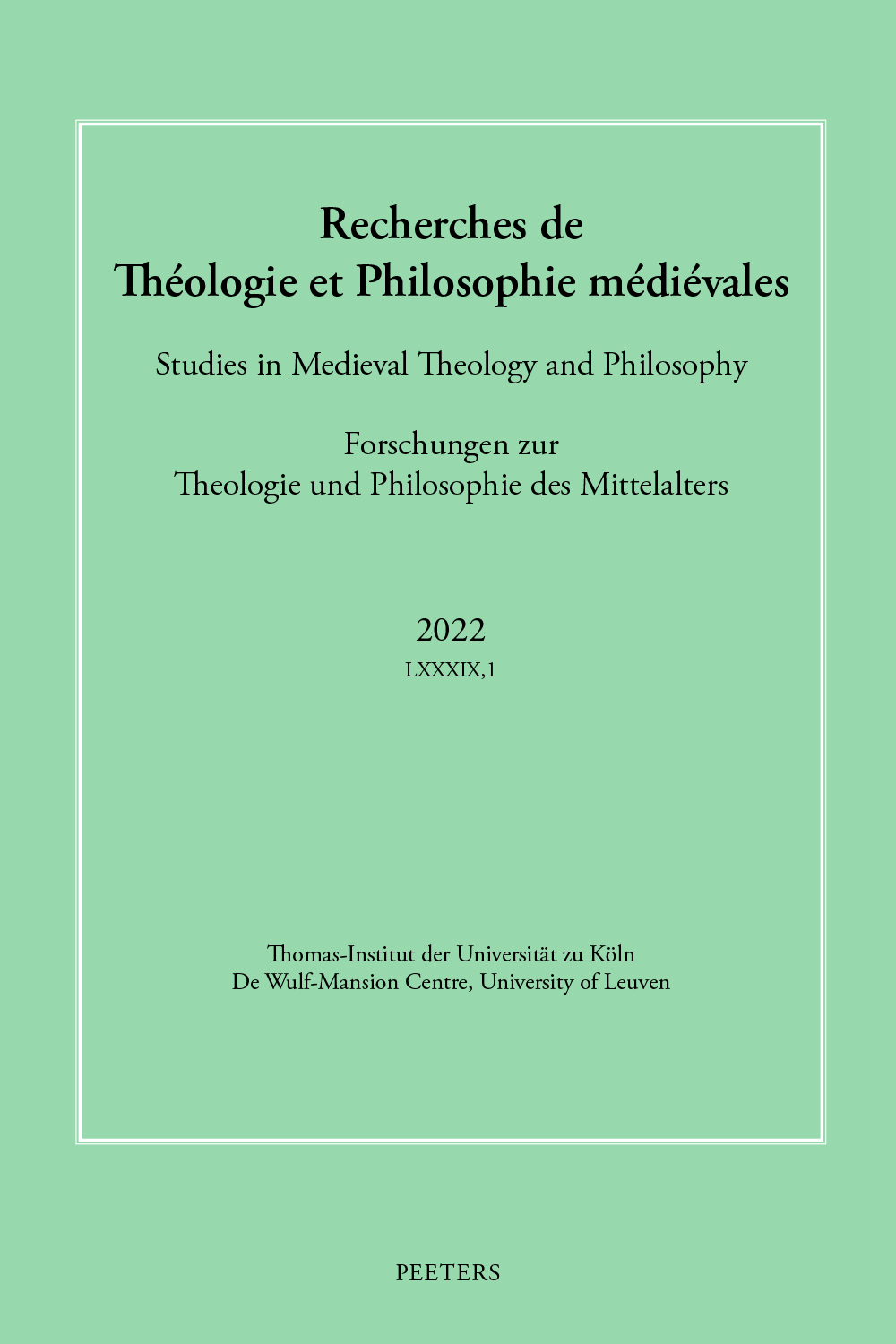 previous article in this issue previous article in this issue | next article in this issue  |

|
Document Details : Title: Christological Nihilianism in the Second Half of the Twelfth Century Author(s): COLISH, Marcia L. Journal: Recherches de Théologie et Philosophie Médiévales Volume: 63 Date: 1996 Pages: 146-155 DOI: 10.2143/RTPM.63.0.525866 Abstract : In the 1170s, John of Cornwall and Walter of St. Victor both attacked Peter Lombard's Christology, charging that he taught that Christ, insofar as He was a man, was nothing, or Christological nihilianism. At the time, this position had two corrolaries: the view that if the incarnate Christ lacked a human person His humanity was not an aliquid, and the view that His humanity once assumed was accidental and partible from His divinity, like a garment or habitus that could be put on and taken off at will. Both positions were associated with the habitus theory describing the hypostatic union, which was currently taught along with the homo assumptus and subsistence theories. In Book 3 of his Sentences the Lombard reprises all three theories. He indicates that they all have support in the Christian tradition. He also finds all of them problematic. He urges that the matter be left open, pending further reflection. In the Lombard's view, while the incarnate Christ lacked a human persona, He possessed a human aliquid, the human nature made up of body and soul, united to each other and to the Word at the moment of His conception, and not separated from His divinity thereafter. The accidental and partible view of Christ's manhood is what he finds objectionable in the habitus theory. |
|
